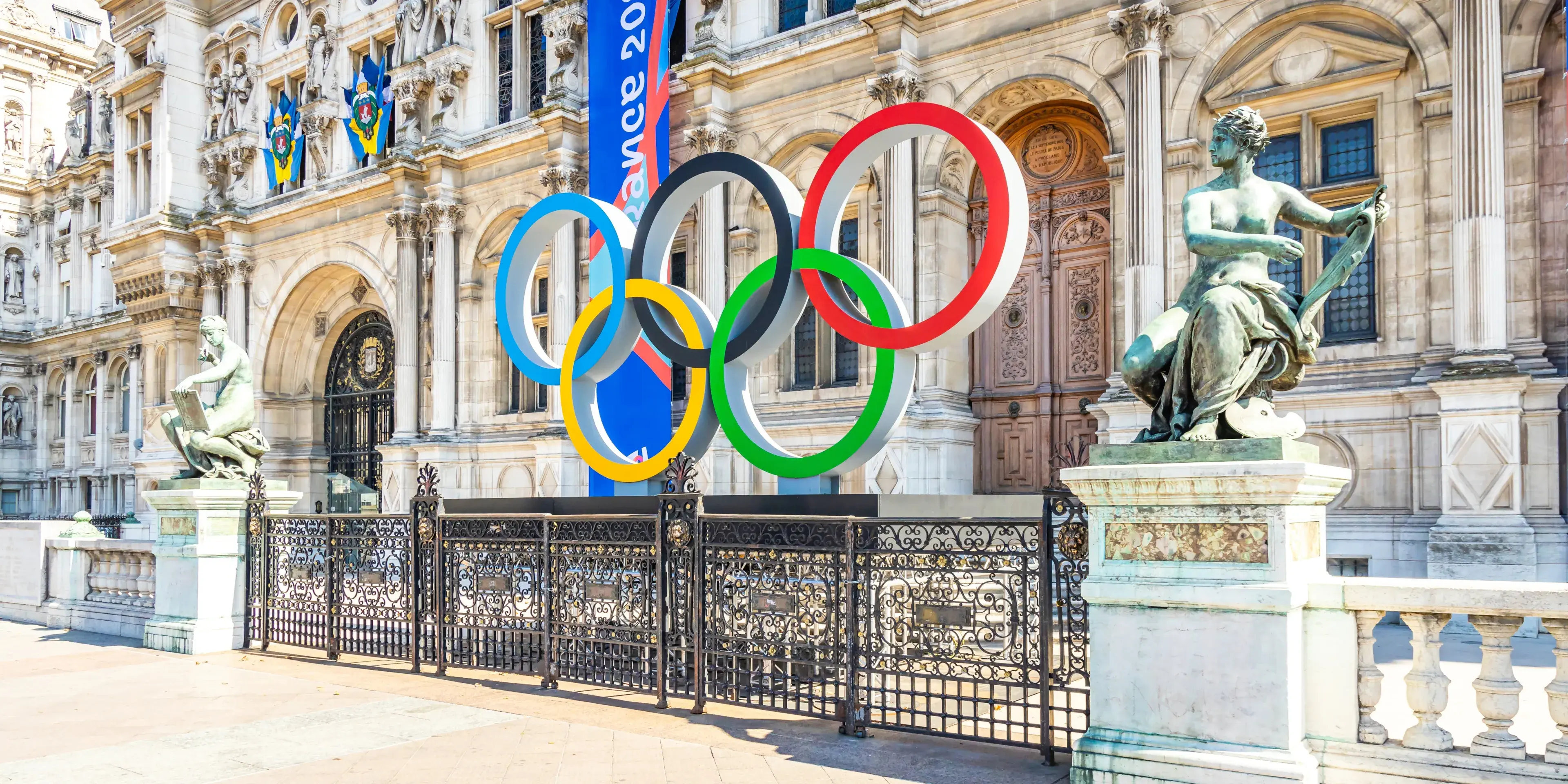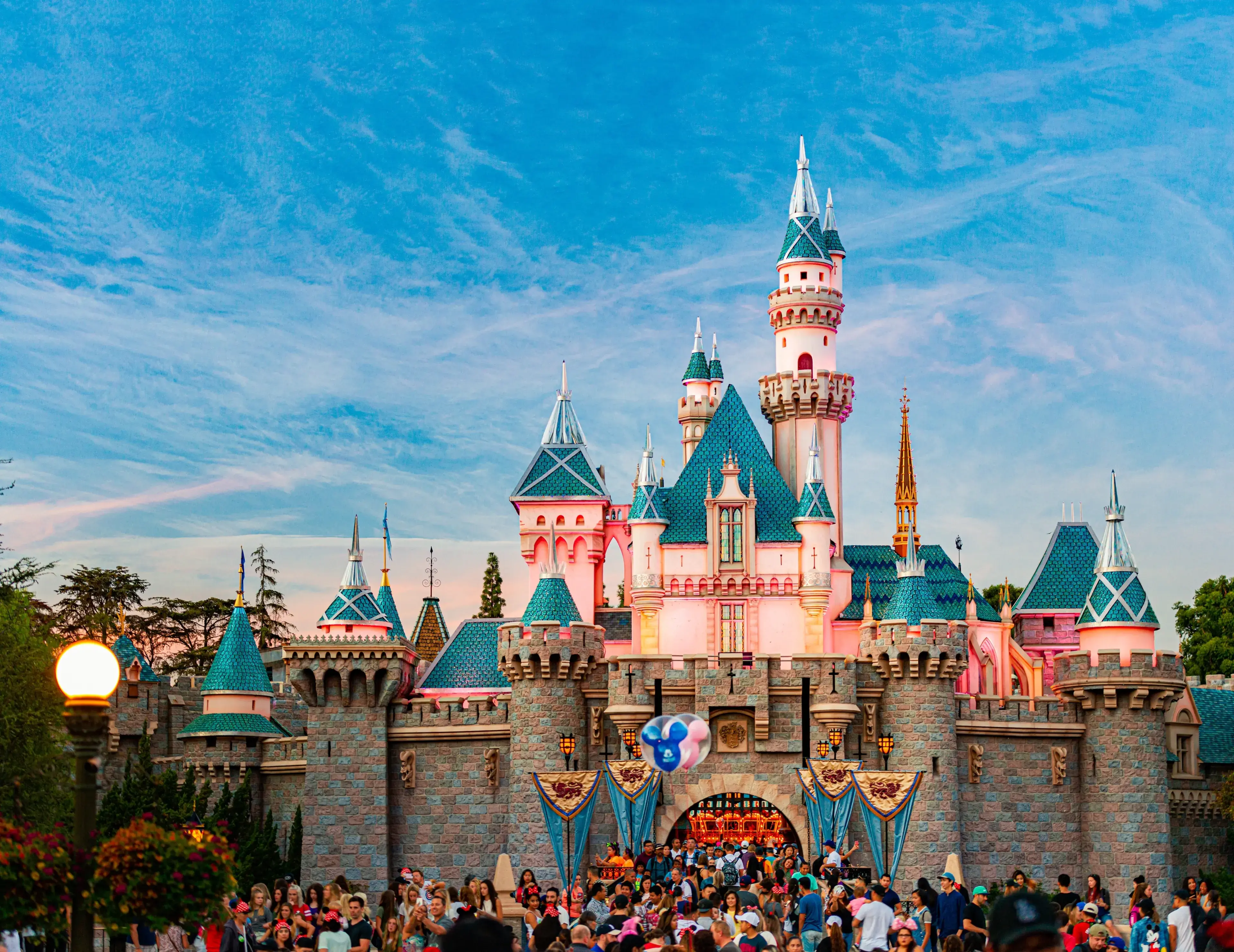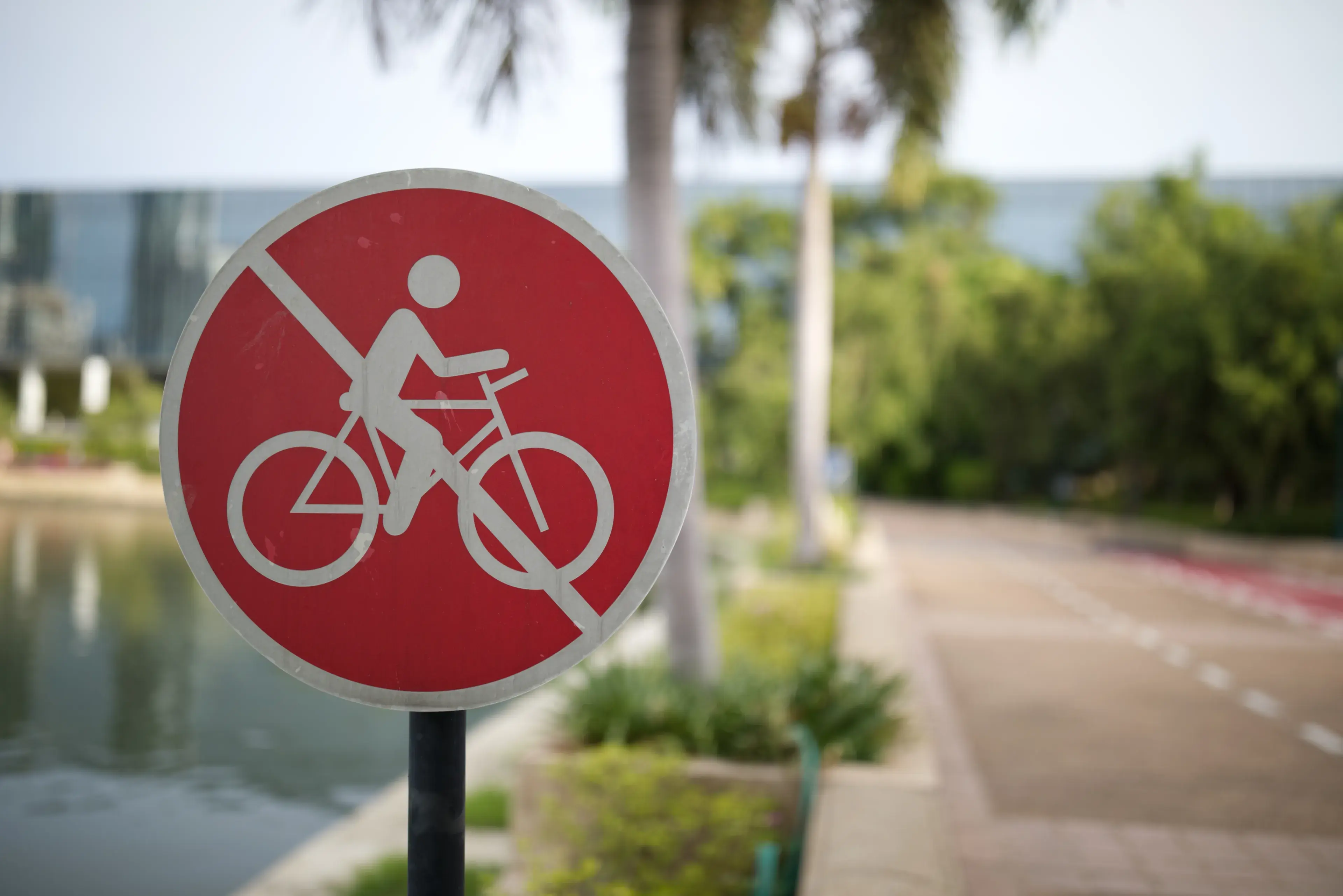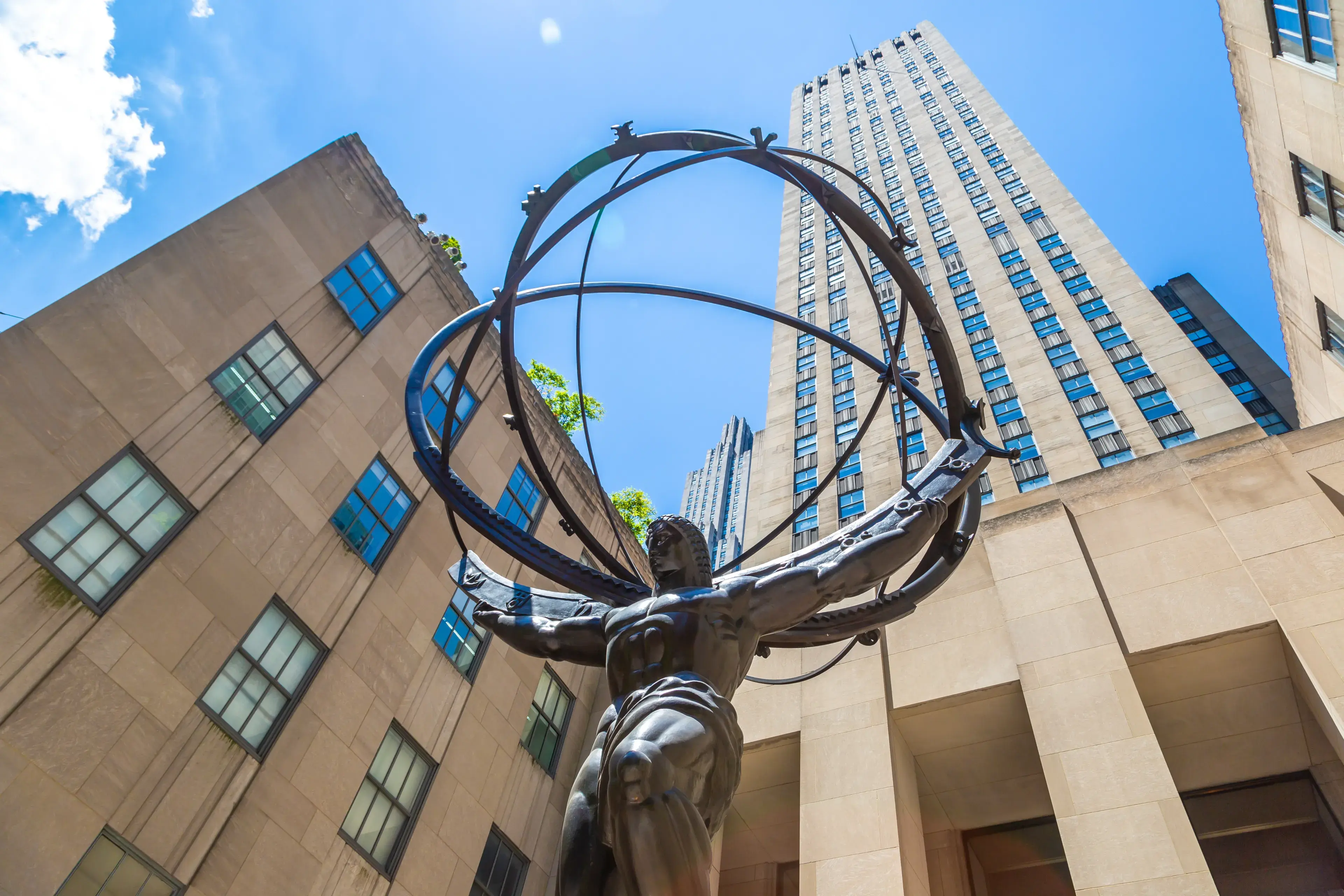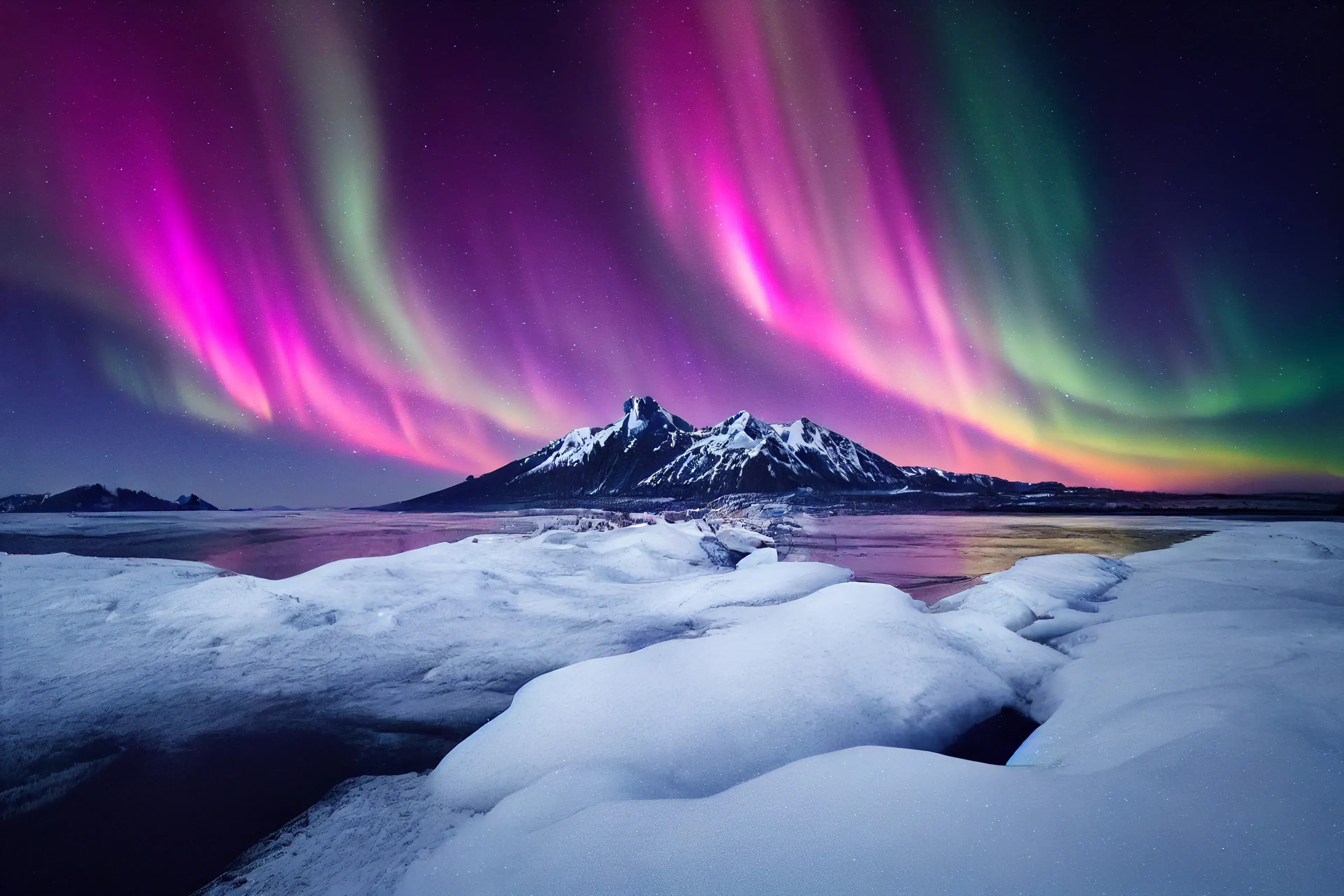
Chasing the Aurora: Prepare for Spectacular Aurora Displays in 2024
The aurora borealis, also known as the Northern Lights, is one of nature's most spectacular displays. This ethereal light show has captivated travelers for centuries, and with recent increases in solar activity, now is an excellent time to plan your aurora-chasing adventure.
How Aurora Works
The aurora is created when charged particles from the sun collide with gases in Earth's atmosphere. These collisions produce colorful lights that dance across the night sky, typically in shades of green, pink, and purple. The intensity and frequency of auroral displays are closely tied to solar activity, which follows an 11-year cycle.
Where and When to See Aurora
The best places to view aurora are typically within the "auroral zone," a ring-shaped region around the Earth's magnetic poles. In the Northern Hemisphere, this includes:
- Iceland: Reykjavik offers a perfect base for aurora hunting from September to April.
- Norway: Tromsø, known as the "Paris of the North," is ideally located for Northern Lights viewing.
- Finland: Rovaniemi in Lapland is famous for its aurora sightings and Santa Claus Village.
- Canada: Yellowknife in the Northwest Territories boasts clear skies and frequent auroral activity.
- Alaska: Fairbanks is a popular destination for aurora chasers from August to April.
In the Southern Hemisphere, the aurora australis (Southern Lights) can be seen from:
- Tasmania, Australia
- New Zealand's South Island
- Ushuaia, Argentina
The best time to see aurora is during the darker winter months, typically from September to March in the Northern Hemisphere and March to September in the Southern Hemisphere. However, the exact timing can vary depending on location and solar activity.
Upcoming Aurora Opportunities
Recent reports indicate that solar activity is at a 23-year high, with July 2024 showing the highest number of sunspots since December 2001. This increased solar activity bodes well for aurora chasers, as it often leads to more frequent and intense auroral displays.
Scientists are predicting that we're approaching "solar maximum," the peak of the current solar cycle, which is expected to occur between August 2024 and January 2025. This period should offer excellent opportunities for aurora viewing.
For the immediate future, there's good news for travelers. A geomagnetic storm is expected this weekend (August 3-4, 2024), which could produce visible aurora as far south as New York and Idaho in the United States. While this particular event may be over by the time you read this, it's indicative of the increased auroral activity we can expect in the coming months.
Planning Your Aurora Trip
When planning your aurora-chasing adventure, keep these tips in mind:
- Check solar activity forecasts: Websites like NOAA's Space Weather Prediction Center provide aurora forecasts.
- Choose dark sky locations: Aurora is best viewed away from city lights.
- Be patient: Aurora can be unpredictable. Plan for multiple viewing nights if possible.
- Bring appropriate gear: Warm clothing, a camera with manual settings, and a tripod are essential.
With solar activity on the rise, the next few years promise to be an exciting time for aurora chasers. Whether you're heading to the icy landscapes of Iceland or the remote wilderness of Alaska, the chance to witness the dancing lights of the aurora is an experience that should be on every traveler's bucket list.


Destination Highlights
Disney's Heroic Voyage: The Disney Destiny Sets Sail with Marvel Magic and Pixar Pizzazz
August 2, 2024

Destination Highlights
Top 10 Places You Might Not Be Able to Visit in Less Than a Year
August 12, 2024

Destination Highlights
Japan Balances Tourism Boom and Overtourism Concerns Amid Record Visitor Numbers
July 24, 2024
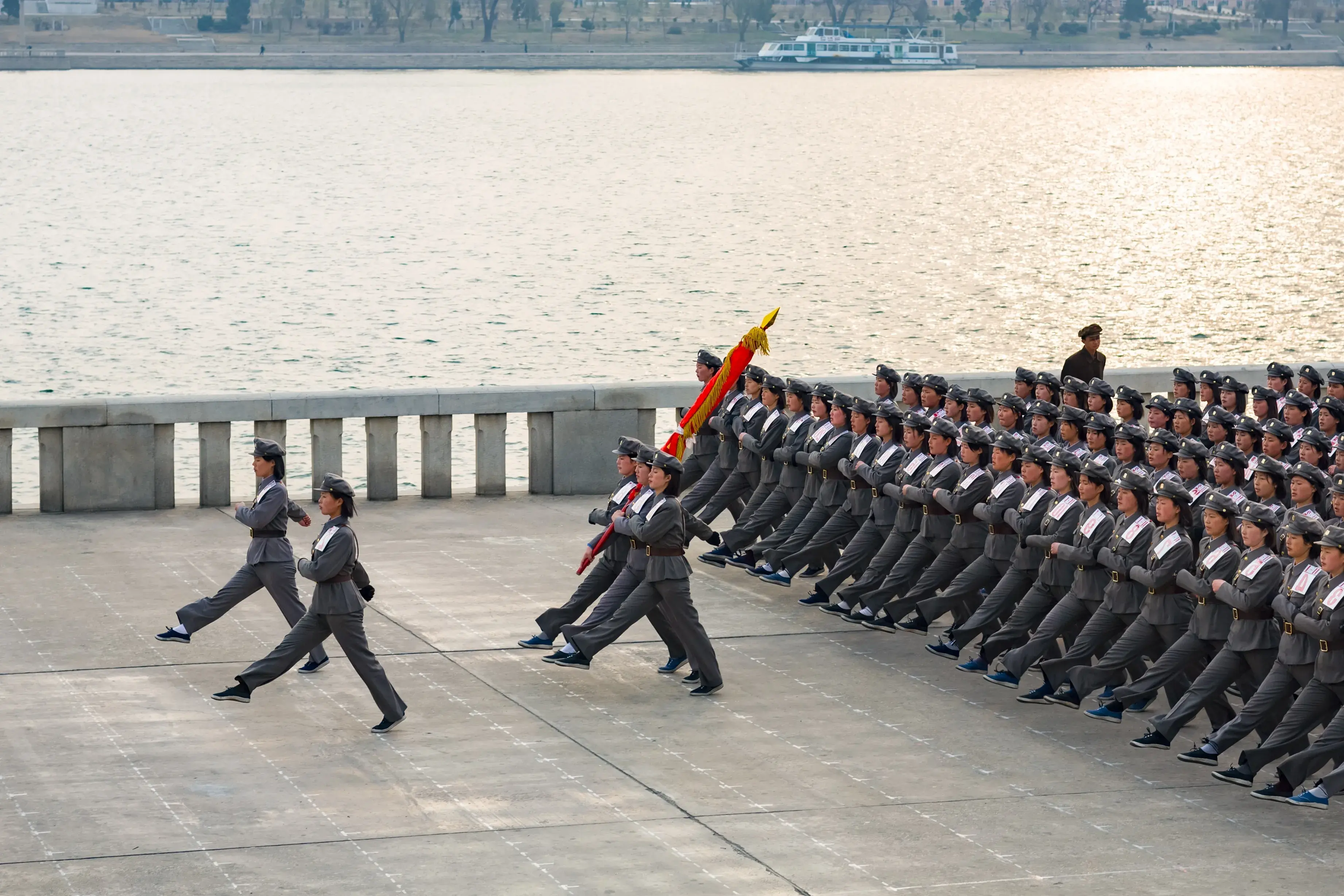
Destination Highlights
Forbidden Unlocked Unlocked: North Korea's Hidden Utopia Finally Open to Tourists!
August 14, 2024

Destination Highlights
Qatar's Tourism Boom: Visa-Free Travel Opens Doors to Global Visitors
August 19, 2024

Destination Highlights
Florida Erases LGBTQ+ Tourism: State Website Purges Gay Travel Info in Shocking Move
August 23, 2024

